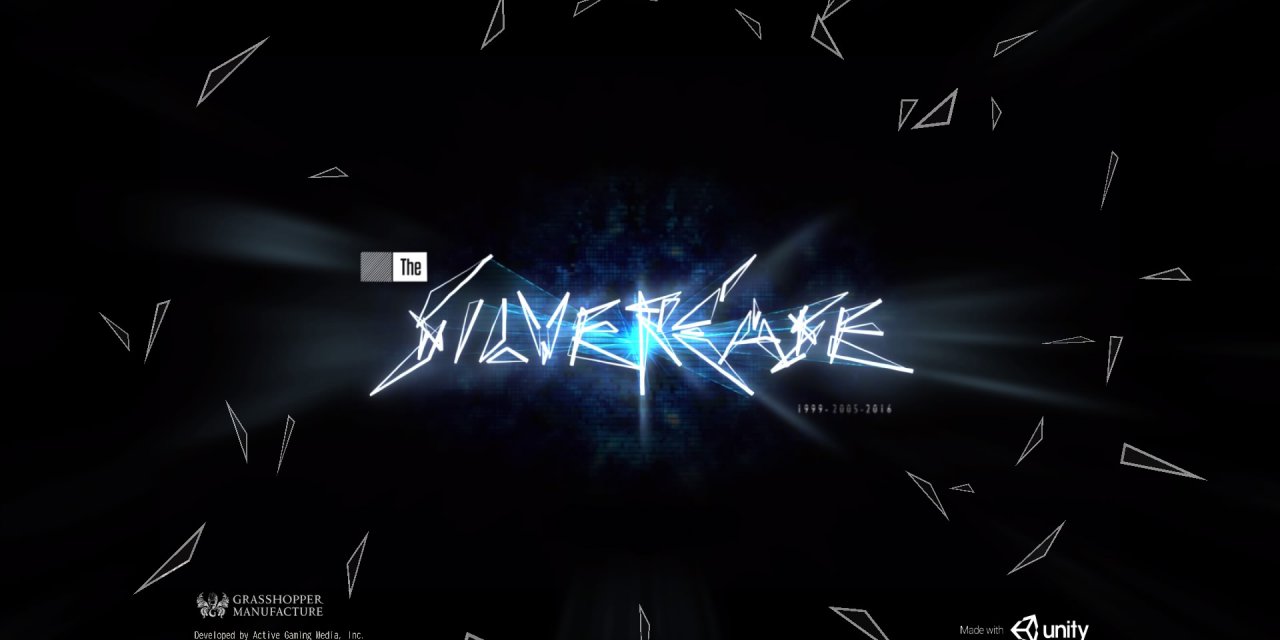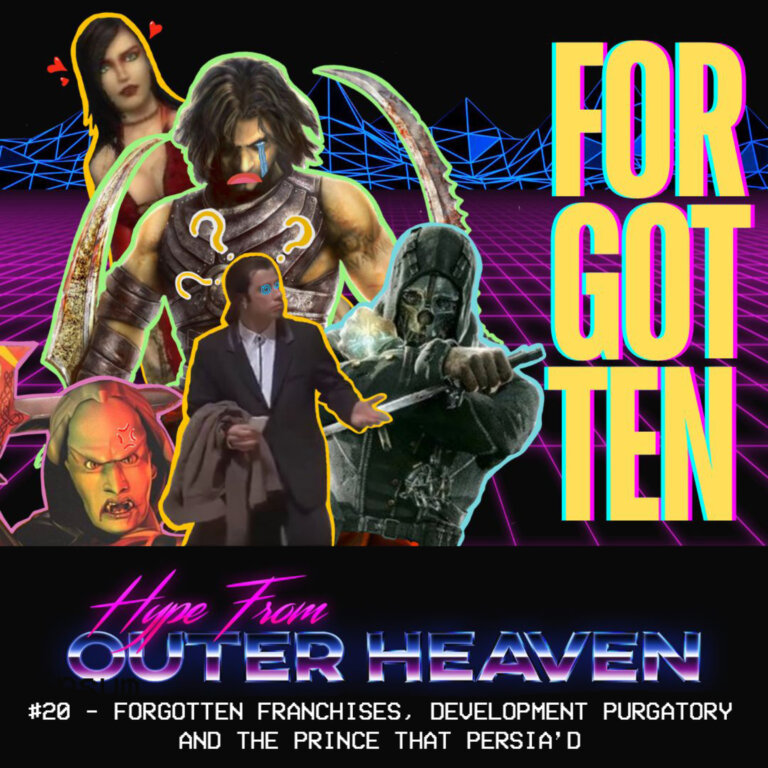“You falling in love with a serial killer?”
1999 was an interesting year; the Nintendo GameCube was released, Tony Soprano graced TV for the first time and Nemesis was firmly imprinted in my nightmares. Society was hurtling towards the new millennium, breaking out of the analogue era and heading straight for the digital. Many looked upon this with a sense of intrigue, pondering what the next century would bring. Such is the case within Shirubaa Jiken “The Silver Incident” which is a text based, point and click adventure game developed by Goichi Suda (more commonly referred to as Suda51) and Grasshopper Manufacture, who are more commercially known for titles such as Killer7 and Killer is Dead. The game was released exclusively for the Sony PlayStation in Japan on October 7th, 1999, not seeing a westernised release until the HD remaster, which was released worldwide seventeen years later on October 6th, 2016. This review will be covering the PS4 version of the title, which was only just recently released in April 2017. the PS4 version boasts several visual improvements over the original; built from the ground up in 1080p with a complete overhaul of the game’s aesthetics, soundtrack and art style, showcasing Suda51’s unique gameplay design.
Set during the closing months of 1999; the game focuses on a dystopian Japanese metropolis called the 24 wards, where society is separated not only by wealth but by the control of information; set in the backdrop of a digital revolution. The game’s narrative follows the events surrounding the return of a prolific serial killer called Kamui Uehara, with the story being told from the perspective of a Silent (player-named) protagonist and a freelance journalist called Tokio Morishima; each with their own scenario called ‘Transmitter‘ and ‘Placebo‘ respectively. The game is something of a time capsule, with the gameplay and visual style heavily steeped in late 20th Century pop culture (the constant Blade Runner/Twin Peaks vibe I was getting while playing was unshakeable) with the main indicator coming from the manga/graphic novel stylization of the games ‘cutscenes’.
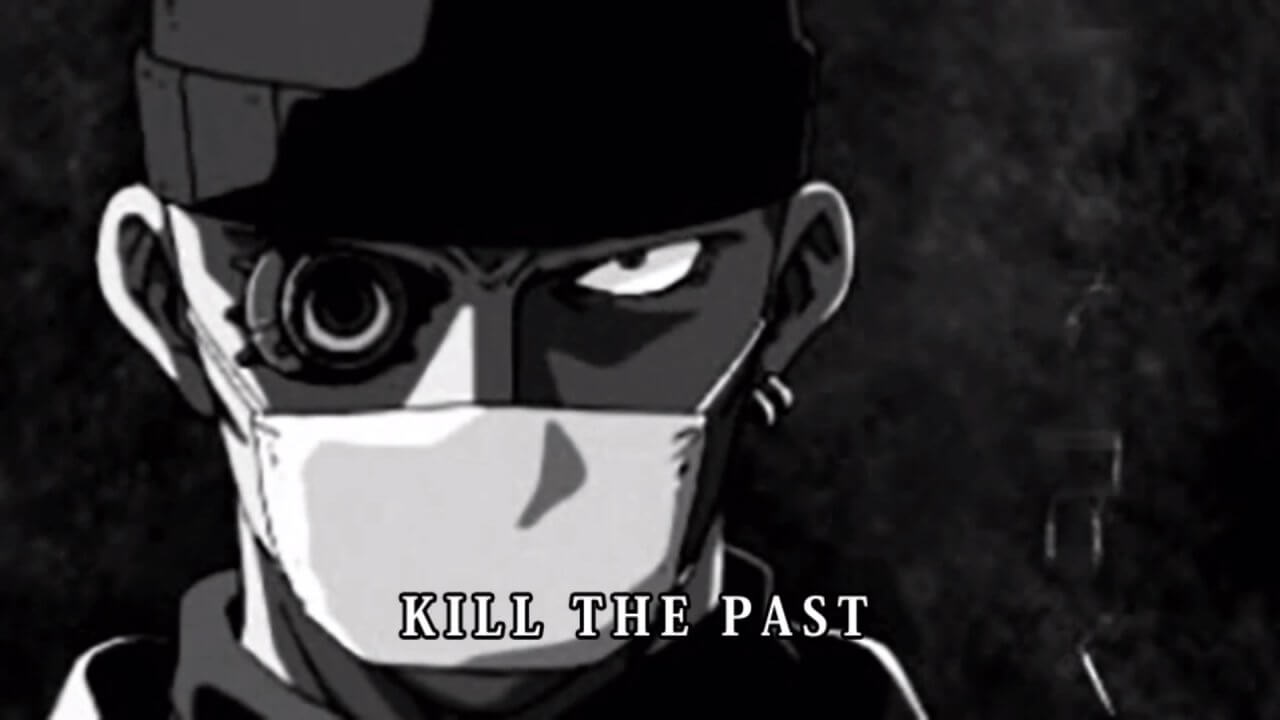
A constant reminder of the narrative’s core theme.
The story of the Silver Case is definitely one of its strongest selling points; with the narrative changing from simple murder mystery, to government conspiracy to questioning morality itself; it was a story that I genuinely wanted to see through to the end, even if it was a bit hard to follow at times. Each scenario is broke up into 5 smaller ‘cases’ and ‘reports’ complete with their own ‘epilogue’ chapters as well as two extra chapters for the PS4 release. Transmitter acts as the ‘main campaign’ and follows the player-named protagonist as they work alongside the 24 Wards Heinous Crimes Unit in apprehending Kamui, Placebo is a side story set during the events of Transmitter, and follows struggling journalist Tokio Morishima as he battles an existential crisis while simultaneously investigating Kamui’s past and current whereabouts. Both chapters follow the same path, intertwining with one another at key points during the story, offering different perspectives from the diverse cast of characters that the game offers. During Transmitter, I found some of the cases to be unnecessary and more drawn out than the rest of the game, particularly the third case of the scenario, which follows a child’s reaction and involvement regarding a suicide in an apartment complex. The story of the third case wasn’t by any means bad, but it felt completely disconnected from the overarching plot and was only touched upon further during the third ‘report’ of Placebo. Polar to the strong narrative are the characters, which bring out some of the more memorable interactions from the game’s plot; detective Kusabi with his confrontational, dry wit, Morishima’s love-hate relationship with his pet turtle Red, Kusabi’s relationship with his partner Sumio Kodai (who is oddly reminiscent of agent Dale Cooper from Twin Peaks) etc. all add an extra layer of character that is absent from a lot of modern day releases, and is definitely something that a lot of developers could learn from.
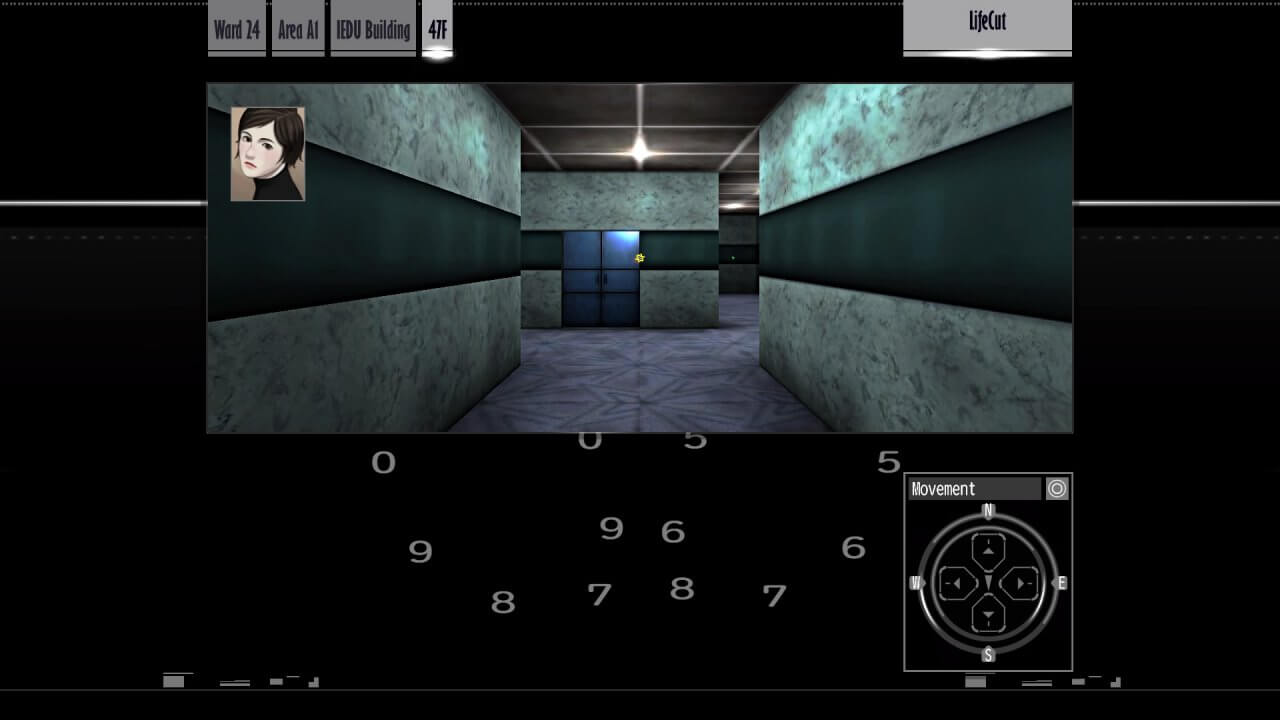
Navigating the same corridors over and over again…
As aforementioned the game is primarily text based, showing dialogue boxes on screen alongside manga art slides, which are occasionally supplemented with 3D rendered cutscenes and live action footage. While this is a unique and artistic way to represent the game’s narrative, it became increasingly tedious across the fifteen hours I spent playing through both of the game’s scenarios; I often found myself reading text quicker than it presented itself on screen, having to mash the X button on a regular basis, which only made me think that the remaster would have benefited strongly from an audio track. The moments where the game hands over direct control of the player aren’t anything to write home about either, with a bizarre, complicated control system (a character called Natsume breaks the fourth wall during the first case commenting on how complicated the control scheme is) and bare bones, simplistic gameplay. Most of the gameplay takes place during Transmitter, with the side chapter Placebo offering very little gameplay variation whatsoever, with all five reports taking place within the same room. During Transmitter, you control the player character at different points during the cases, navigating and solving puzzles that further progress the story. Some of the puzzles themselves are genuinely challenging but come with an ‘opt-out’ option in the form of a magnifying glass icon which solves the game’s puzzles instantly, further taking away from the title’s playability. The game also suffers from recycled environments, with some of them being hard to differentiate between; however this is something that was likely present in the original release, so to compare it to its modern day equivalent would be unfair due to the difference in technology and game design between 1999 and 2016.
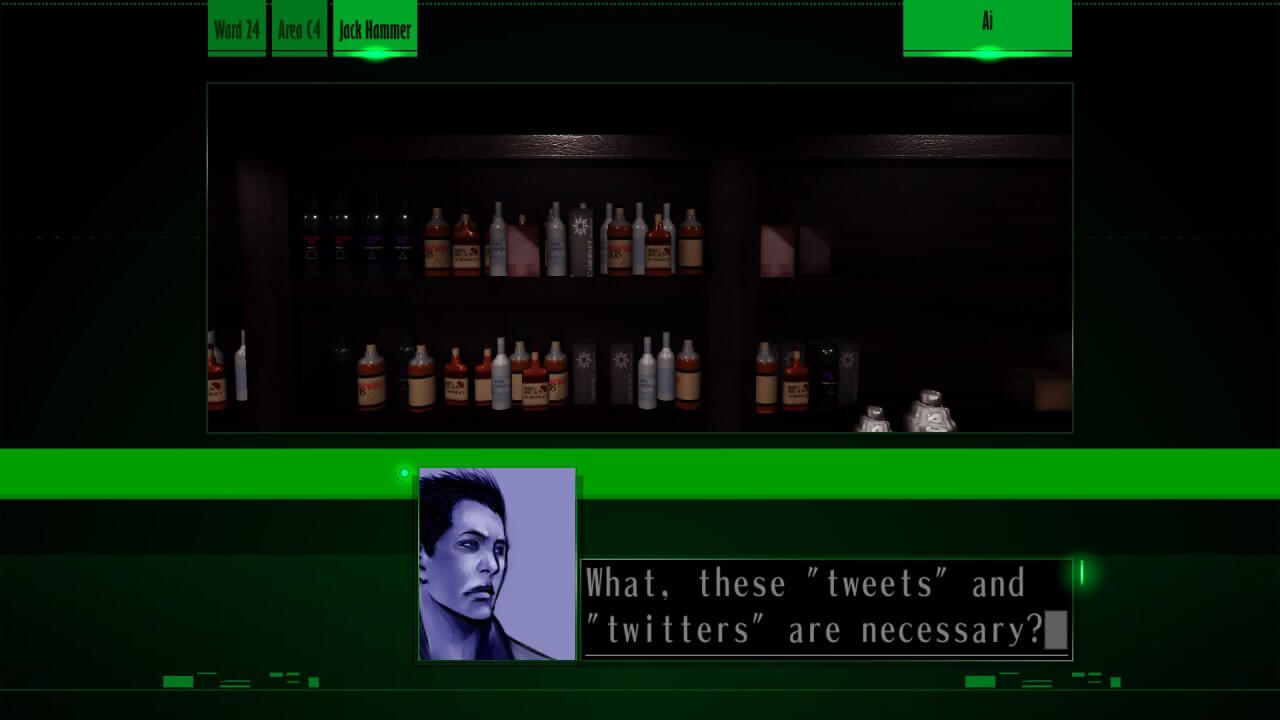
I wonder that myself on a daily basis…
Overall the Silver Case was an enjoyable experience; the game’s strong, complex narrative and rich, interesting cast of characters are a testament to Suda51’s approach to storytelling but are unfortunately held back by its lacklustre, mediocre gameplay.

